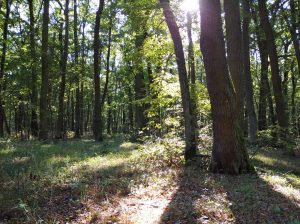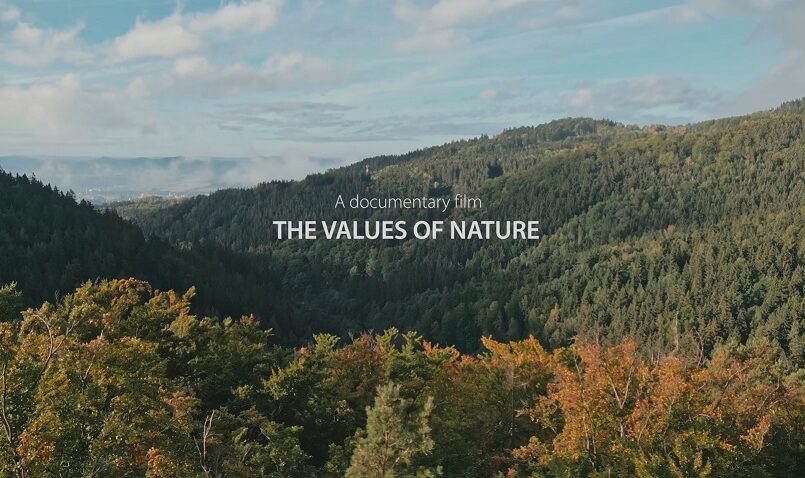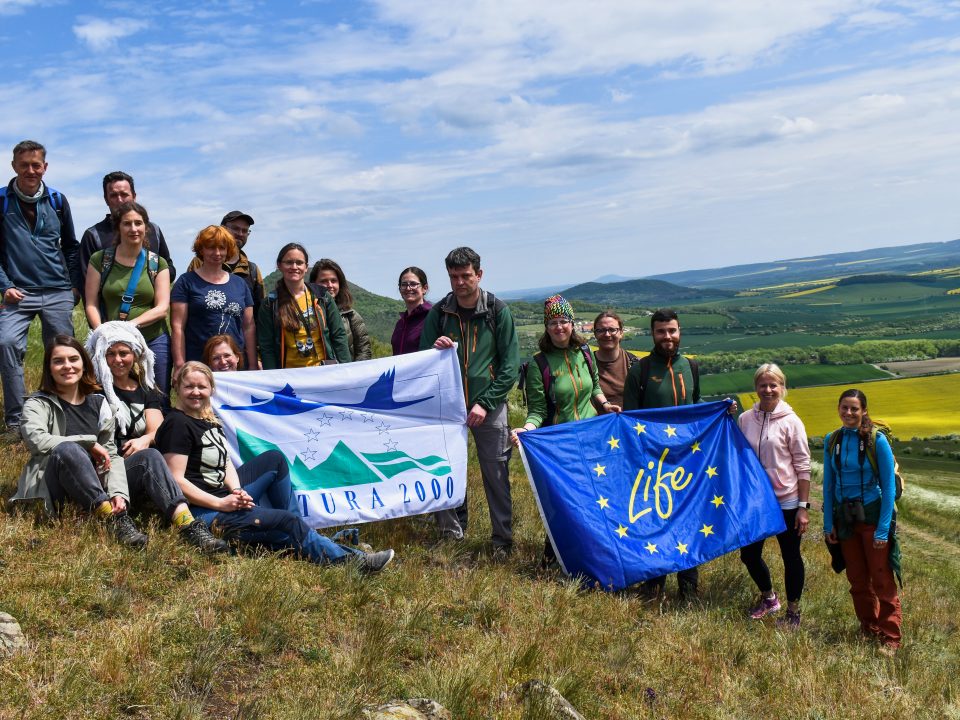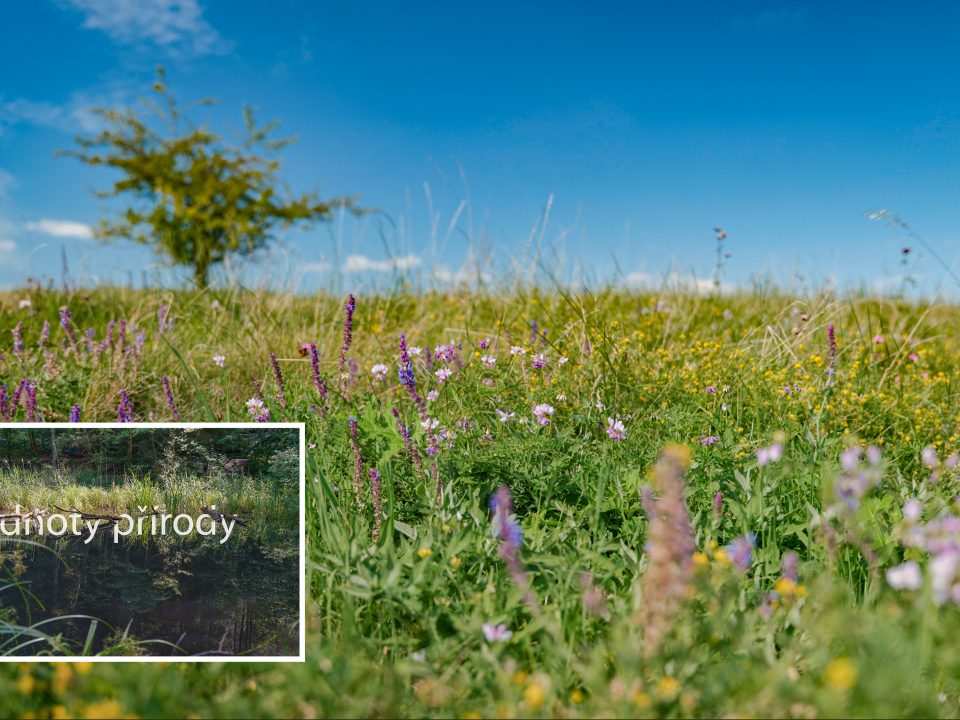A long-term experiment begins in the forest of the SCI Hodonínská doubrava
On a unique gravel-sand subsoil in the central part of the Dolnomoravský úval (Lower Morava Valley), in the area between Hodonín, Dubňany and Mutěnice, there is a seemingly monotonous or even uninteresting forest area of the Hodonínská doubrava (Hodonín oak grove). However, let us not be mistaken. It is a unique area where, thanks to its variable character, it is possible to find really exceptional combinations of species. That is why we chose this area for the innovative measure of the One Nature project, which is the coppice system.

Experimental area for innovative management in the SCI Hodonínská doubrava, photo by: Tereza Kočárková
Sandhills gradually merge into palustrine wetlands here. The soil is mostly slightly acidic, but in many places the clayey subsoil causes a pH increase and creates unique alkaline habitats. Not only do wetland and drought-tolerant plants grow side by side in the forest, but acidophilic (requiring or tolerating acidic soils) and basophilic plants (requiring or tolerating alkaline soils) can also be seen next to each other. The Hodonínská doubrava was declared as a Site of Community Importance (SCI) in 2008 and its area of 3,029 ha covers five cadastres.
Historical records as well as the findings by foresters and experts in forest ecology show that the so-called coppicing system was partly applied in the area of Hodonínská doubrava in the past. It is a forest management method using natural regeneration of woody plants by means of seeds and especially stump and root coppices. We probably partially have to thank these forms of management for the current diminishing appearance of the local forests with their species richness of herbs and insects.
Coppicing essentially resembles the influence of large ungulates to a similar extent as it occurred during the Tertiary period. It results in forests that create an ideal environment for the life of many light-loving forests species of plants and animals.
Thanks to the One Nature project, the NCA’s employees, together with several research organizations, forest owners and administrators, are now working on the establishment of experimental areas on which forestry will be applied using the above-mentioned coppicing abilities of tree species.
The areas will serve a dual purpose. Firstly, data will be regularly collected here and, on their basis, the impact of this type of management on the local biodiversity will be evaluated. Secondly, the economic balance of this management type and the resulting impacts on the forest owners’ management will be evaluated.
The aim of the long-term study is to monitor whether it is possible to better combine nature conservation with the productive function of the forest. In other words, whether it is possible to create an environment in which thermophilic species tied to the light forest environment thrive, and at the same time not to lose money on it from the forest manager’s point of view.
Intensive preparation of the experiment has taken place this year. Consultations were held with experts from various research and academic institutions, forestry experts and managers. The selection of specific areas was made with regard to the age and species homogeneity of the stand. Experts primarily selected the original oak and beech stands with an admixture of linden in sites where coppicing was used in the past. This was followed by measuring and marking of the actual experimental plots, and biomonitoring experts performed and still carry out the inventory and collection of initial data on individual plots. The obtained information will be used in the future to assess the expected change in the status of the site over time.
Throughout September, timber reserve was determined on experimental plots. According to the results, the intensity of the cutting intervention is planned, which should take place by the end of 2020. This will open the canopy and lead to a significant increase of light in the habitat. Vital and promising individuals (so-called reserved trees) will be left on the plots that should ensure natural renewal in the given area and provide a quality wood assortment in the next production period.
In the following years, local plants, animals and fungi will be monitored. The obtained data will be compared with the data describing the initial status of the area and the result will be used to assess the impact of the implemented management method on species diversity and the overall status of the ecosystem.
Furthermore, the evaluation of economic parameters of stands, quantification and evaluation of removals and increment will take place, all in order to analyse the efficiency of the chosen method of management in relation to the production function of the forest stands.
We hope that the knowledge gained during the experiment will serve as an example of good practice in economically advantageous and environmentally friendly forest management. The final outputs will then serve as a basis for forest owners and forest managers who are looking for an environmentally friendly but economically functional alternative to forest management.
-

- Experimental area for innovative management in the SCI Hodonínská doubrava, photo by: Tereza Kočárková
-

- Experimental area for innovative management in the SCI Hodonínská doubrava, photo by: Tereza Kočárková
-

- Experimental area for innovative management in the SCI Hodonínská doubrava, photo by: Tereza Kočárková








